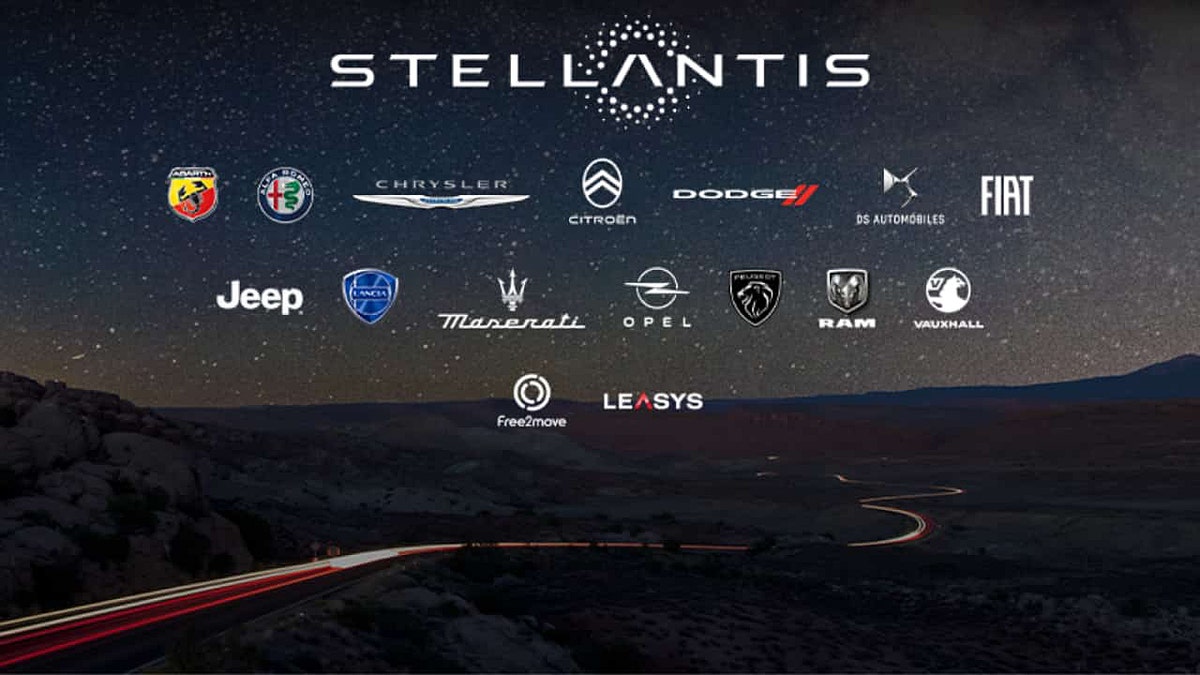NEW You can now listen to Fox News articles!
Stellantis, a prominent automotive manufacturer, has confirmed a significant data breach that compromised customer contact information. The intrusion occurred through a third-party platform utilized for customer services in North America. This incident aligns with a series of large-scale cyberattacks targeting cloud-based CRM systems, which have affected major enterprises, including Salesforce clients like Google, Allianz, and Dior, resulting in similar data exposures. Attackers successfully accessed names, email addresses, and phone numbers, facilitating potential phishing attacks or extortion efforts.
Sign up for my FREE CyberGuy Report
Receive technology tips, urgent security alerts, and exclusive offers directly in your inbox, alongside immediate access to my Ultimate Scam Survival Guide when you subscribe at CyberGuy.com/Newsletter.
Insights on the Stellantis Breach
Stellantis, established in 2021 following the merger of PSA Group and Fiat Chrysler Automobiles, ranks among the top automotive manufacturers globally in terms of revenue and production volume. The conglomerate includes 14 esteemed brands, such as Jeep, Dodge, Peugeot, Maserati, and Vauxhall, operational across more than 130 countries. The expansive footprint makes it a lucrative target for cybercriminals.

Stellantis confirmed hackers stole customer contact details in a recent breach. (Kurt “CyberGuy” Knutsson)
Stellantis’s statement indicated that the breach involved only customer contact details. The compromised platform did not store sensitive data such as financial information or personal identifiers, allowing Stellantis to assert the safety of social security numbers and payment information. Following the breach, the company enacted its incident response protocols, initiated a comprehensive investigation, contained the breach, alerted law enforcement, and began notifying affected customers, warning them of potential phishing threats and advising against clicking on dubious links.
While the company has not disclosed the number of customers affected, it has yet to specify which contact information fields the attackers accessed, such as email addresses, phone numbers, or mailing addresses.
Link to ShinyHunters and the Salesforce Breaches
Though Stellantis has not publicly identified the responsible hacking group, various reports link this breach to the ShinyHunters extortion campaign, noted for targeting Salesforce and associated businesses this year. Claims indicate that ShinyHunters has secured over 18 million records from Stellantis’s Salesforce instance, reiterating a broader trend of targeting Salesforce clients. Their operations have also impacted major brands, including Google, Cisco, Adidas, and LVMH portfolios such as Dior and Tiffany & Co.

The attack is connected to a wider wave of Salesforce data thefts this year. (Kurt “CyberGuy” Knutsson)
Researchers have indicated that ShinyHunters typically exploit OAuth tokens linked to integrations, such as Salesloft’s Drift AI chat tool, to access Salesforce environments. Upon gaining entry, they can extract extensive metadata, along with credentials and other sensitive tokens. The FBI has previously issued alerts regarding an uptick in compromises linked to these Salesforce attacks, advising organizations to bolster their cybersecurity measures. Reports suggest that ShinyHunters claims to have amassed over 1.5 billion Salesforce records across approximately 760 organizations.
Mitigating Risk: Strategies for Data Protection
With contact details having been exposed in the Stellantis breach, the risk of targeted attacks is elevated. Employing robust security measures becomes paramount. One essential step is to ensure that personal information is minimized or removed from online platforms. Basic contact information can easily be harvested from breaches and exploited for spam or phishing attacks. Utilizing a data removal service may help to trace and eliminate your information from public databases, thereby lowering your exposure to future threats. Although services cannot guarantee complete privacy, they can significantly reduce the chances of data exploitation.
It is also crucial to remain vigilant against phishing attempts, especially following a breach. Attackers possessing legitimate contact details may craft highly convincing communications. Targeted emails and texts may impersonate Stellantis or related brands, urging recipients to click on malicious links or to divulge personal information. Keeping advanced antivirus software installed across devices can provide an essential layer of protection, while actively notifying users of potential phishing threats.
Moreover, using a password manager enhances account security by generating unique, complex passwords for each service, thereby mitigating the risk of credential stuffing attacks. Users should regularly audit their accounts, check for unusual activity, and enable two-factor authentication (2FA) wherever possible—providing an additional layer of security during login processes. This extra step can be crucial should password theft occur.
Implications and Final Thoughts
The Stellantis breach underscores the vulnerabilities inherent across all sectors, especially for organizations relying on third-party service providers. The cybersecurity landscape is continuously evolving, with attack vectors becoming increasingly sophisticated. As such, comprehensive risk management strategies and enhanced vigilance must be prioritized by organizations, ensuring both their systems and those of their partners maintain robust defenses against emerging threats.
Do you feel confident in the data security measures taken by companies today, or do you have concerns regarding their effectiveness? Share your thoughts by writing to us at CyberGuy.com.
Sign up for my FREE CyberGuy Report
Receive timely tech insights, urgent security warnings, and exclusive offers straight to your inbox, along with immediate access to my Ultimate Scam Survival Guide upon subscribing at CyberGuy.com.
Copyright 2025 CyberGuy.com. All rights reserved.
